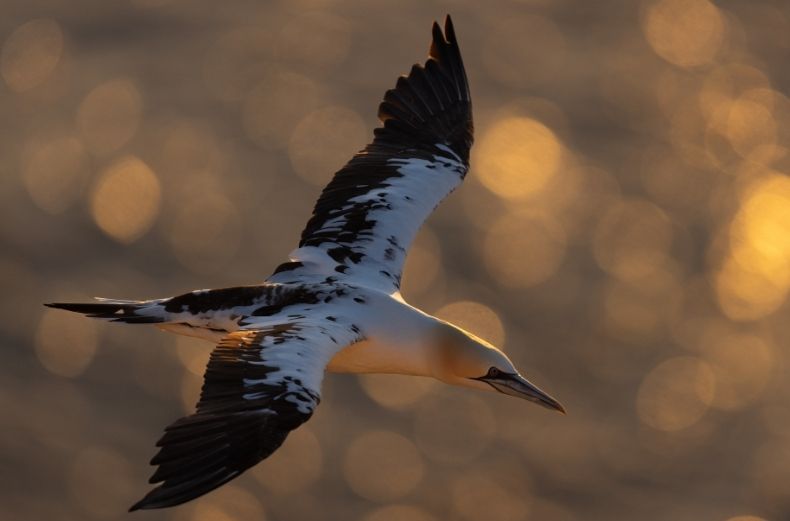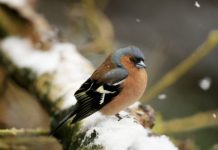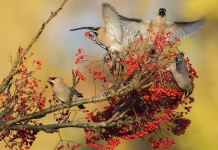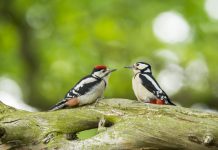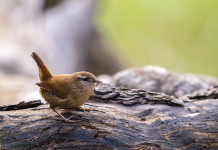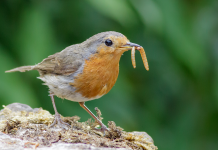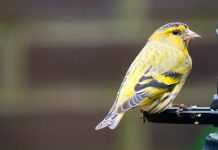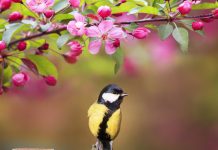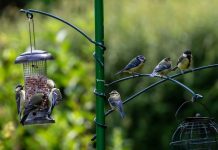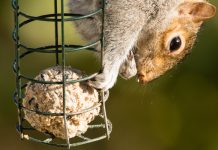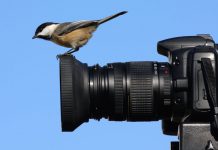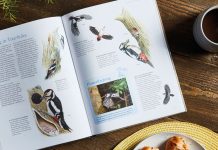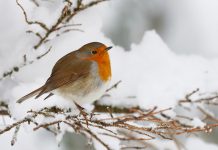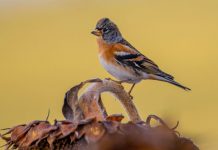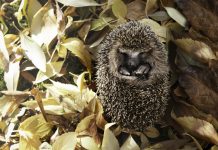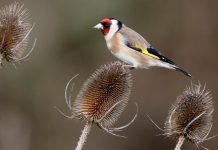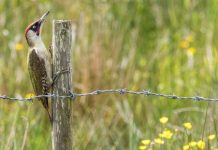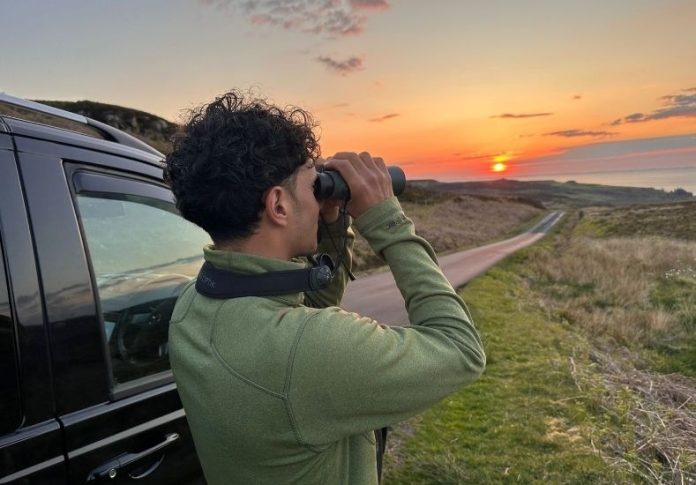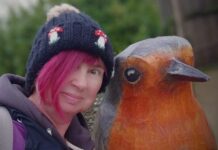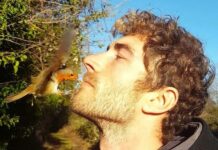To celebrate the work of wildlife-loving birders, Happy Beaks caught up with Klay Blake, also known as @kb.wildlife. A wildlife guide and ecologist who splits his year between Mull and London, Klay explained how a university friend, a local Hobby pair, and a love of the seasons shaped his birdwatching journey.
How did you first get interested in bird watching?
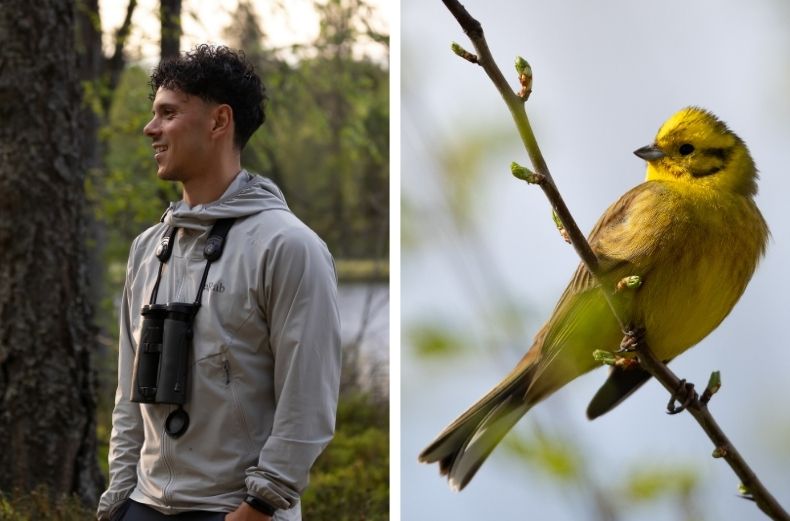
I’ve been interested in wildlife since I was young, but I didn’t get into birdwatching until my late teens, when a close friend at university showed me the ropes. Growing up in an urban community, there weren’t many – if any – birdwatchers around, so it wasn’t really on my radar as a kid.
I vividly remember those first couple of years, seeing new species for the very first time. However, it was a local Hobby pair that first summer that really woke my passion for birdwatching.
I’m by no means a twitcher and I’ve never had much interest in chasing rare species across the country. For me, the real joy lies in simply enjoying the seasonal specialities – the familiar highlights that make each time of year feel so special.
What’s your favourite bird?
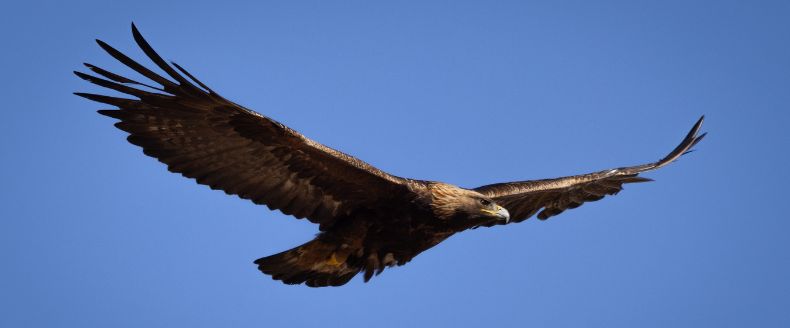
It’s always hard to pick a favourite, but the Common Eider is right up there for me. Growing up far from the coast, the Eider was a mythical bird in my old RSPB guide. Years later I finally saw my first Eiders at Seahouses – and they were worth the wait!
The Golden Eagle and Bullfinch also deserve a very special mention.
What are your top tips for successful birding?
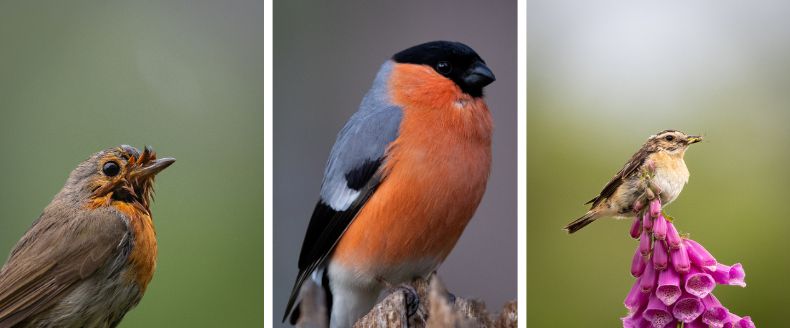
My top tip is to just get out there into nature and experience it for yourself. You can read what a bird looks like, how it flies, and what it sounds like in a book. However, it’s only when you see and hear these things consistently that you truly teach yourself how to identify species and understand their behaviour.
How has birdwatching impacted your life?
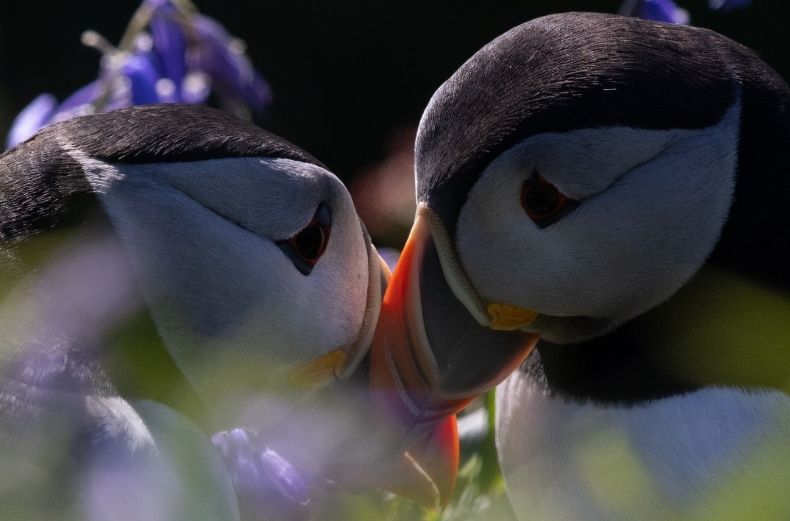
Birdwatching comes with me everywhere now – whether it’s an early morning at a local nature reserve, an afternoon walking the dog, or even watching a Peregrine in central London. That’s the beauty of birds and birdwatching: wherever you go, urban or wild, there’s always something to look at.
Tell us about your guiding and ecology work
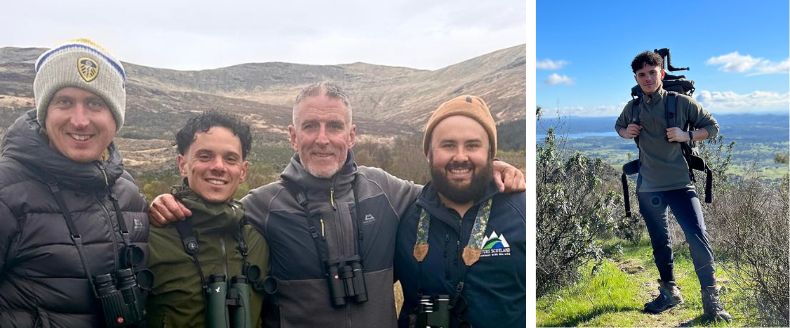
As a wildlife guide and ecologist, I’m based on Mull for half the year and in London for the other half, which gives me a genuine appreciation for our wildlife in very different places. I get the same buzz seeing Golden Eagles and Hen Harriers hunting the moors of Mull as I do watching Peregrines hunt the London skyline and Swifts screaming overhead.
A new member of our ‘Featured Bird Watcher’ series, follow @kb.wildlife for highlights from Mull’s moors and beyond. To encourage more birds into your garden, read our helpful bird food guide and stock up on specialist bird seed mixes to attract specific species.
